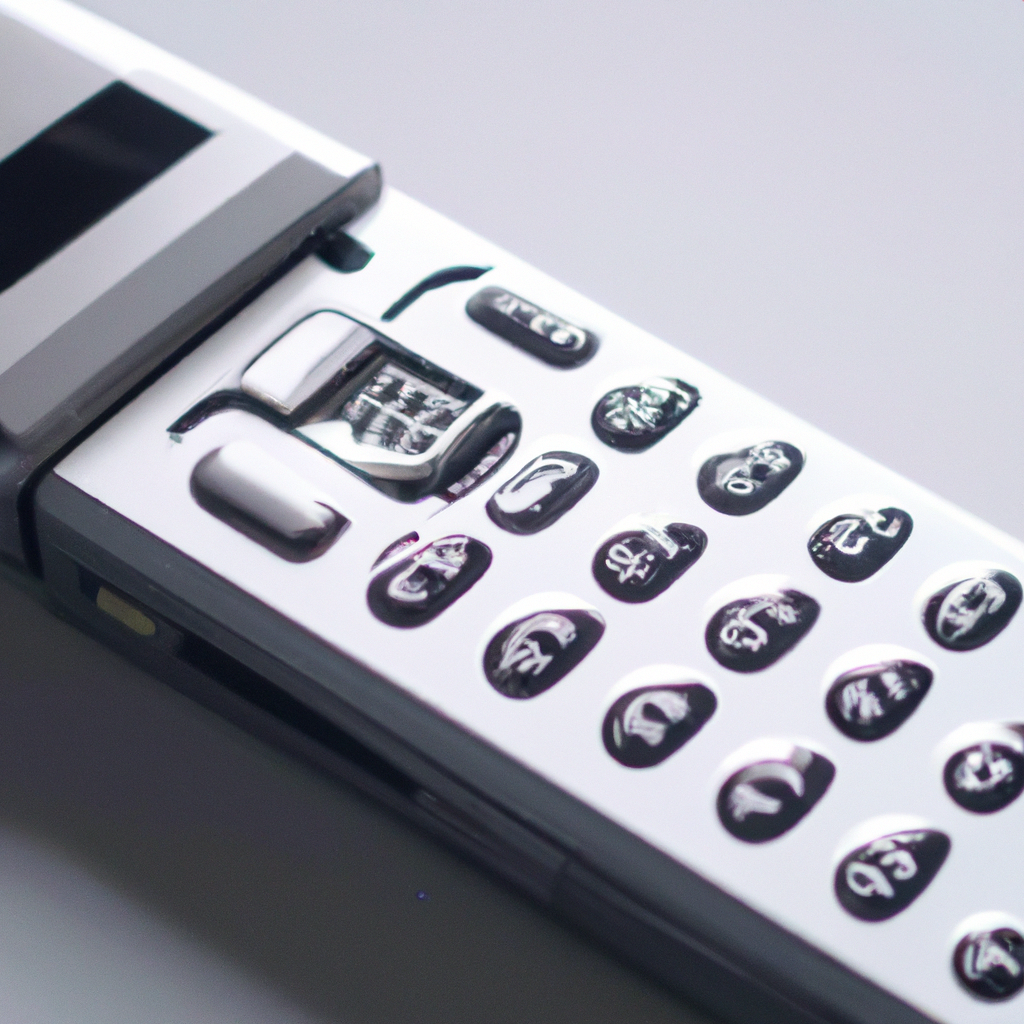A cordless phone has become a staple in most households, allowing people to communicate wirelessly without being tethered to a landline. The technology behind cordless phones has come a long way since the first cordless phones hit the market in the 1980s. In this article, we will dive into how cordless phones work, the technology behind them, and what factors affect their performance.
Wireless Technology
Before we delve into how cordless phones work, it’s important to understand the wireless technology that they use. Cordless phones use radio waves to transmit and receive calls, similar to how cell phones work. The radio waves are sent between the base station and the handset, allowing for communication without a physical connection.
DECT Technology
Most cordless phones today use Digital Enhanced Cordless Telecommunications (DECT) technology. DECT is a standard used for cordless phones, allowing for high-quality voice communication and secure pairing between the base station and the handset. DECT operates on a frequency range of 1880-1900 MHz in Europe and 1920-1930 MHz in the United States.
Battery Life
Cordless phones rely on rechargeable batteries to power the handset. Battery life varies depending on the model and usage, with most cordless phones lasting between 8-12 hours of talk time and up to 5 days on standby. It’s important to note that battery life can be affected by factors such as signal strength and range.
Range
The range of a cordless phone refers to the distance between the base station and the handset. The range varies depending on the model and environment, with most cordless phones having a range of up to 300 feet. However, factors such as walls, interference, and other wireless devices can affect the range and signal strength.
Interference
Interference can affect the performance of cordless phones, causing static or dropped calls. Interference can come from other wireless devices operating on the same frequency range, such as Wi-Fi routers or microwaves. Cordless phones use frequency hopping to mitigate interference, which involves switching frequencies multiple times per second to avoid interference.
Signal Strength
Signal strength refers to how strong the radio waves are between the base station and the handset. A strong signal strength is important for clear communication and can be affected by factors such as range and interference. Cordless phones use signal processing techniques to improve signal strength, such as error correction and noise reduction.
Frequency Hopping
Frequency hopping is a technique used by cordless phones to switch frequencies multiple times per second. This helps mitigate interference from other wireless devices operating on the same frequency range. DECT technology uses frequency hopping with 10 different channels to improve signal quality and reduce interference.
Base Station and Handset
The base station is the main unit of the cordless phone, acting as a hub for communication between the handset and the outside world. The base station is usually connected to a landline or VoIP service, allowing for calls to be made and received. The handset is the portable unit that allows for wireless communication with the base station. The handset is powered by rechargeable batteries and can be used anywhere within range of the base station.
Conclusion
In conclusion, cordless phones use wireless technology to allow for communication without a physical connection. DECT technology is the standard used by most cordless phones, allowing for high-quality voice communication and secure pairing between the base station and the handset. Battery life, range, interference, signal strength, and frequency hopping are all factors that affect the performance of cordless phones. Understanding how cordless phones work and the technology behind them can help you make an informed decision when purchasing a cordless phone.







